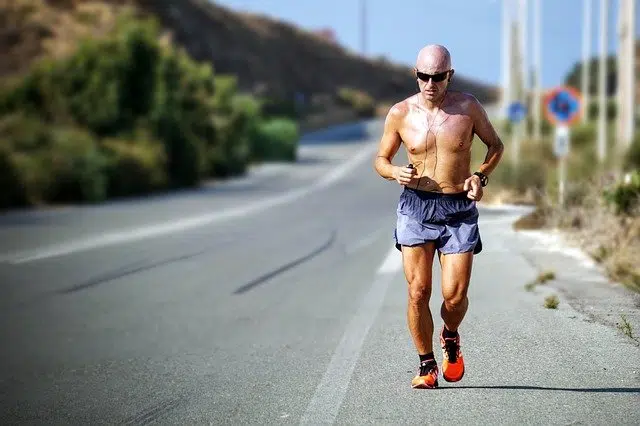
Good physical condition allows the development of multiple activities with energy and efficiency.
One of the definitions of condition is linked to the state or situation in which someone or something is . The notion of physics , for its part, can be related to the bodily nature or the external constitution of a person .
Physical condition , therefore, refers to the state of an individual's body . Those who are in good physical condition are able to perform various activities with effectiveness and vigor, avoiding injuries and with reduced energy expenditure. People who are in poor physical condition , on the other hand, feel tired shortly after starting work, experiencing a progressive deterioration in their capacity and effectiveness.
Examples of physical condition
A person with good muscle mass, who is not overweight and who is in good general health, is an exponent of good physical condition, someone who can play sports , undertake long walks or make physical efforts without problems. To achieve this state, at least some training , a healthy diet and good rest are required.
An obese subject, with excess body fat and little elasticity, on the other hand, constitutes an example of poor physical condition, someone who has difficulties doing sports or even getting along in daily life, given their low level of resistance and frequency with which fatigue and agitation appear.
Physical condition, therefore, is linked to the capabilities of resistance (sustaining an intense effort for a prolonged period ), speed (performing an activity in the shortest possible time), flexibility (the maximum range of the joints) and strength. (overcome resistance).
Train resistance
Fundamentally, two types of resistance are recognized: organic (the ability of a person to perform an exercise for a long time while correctly administering oxygen) and muscular (allowing the lack of oxygen to be sustained for as long as possible).
To train resistance, you can use two types of running:
* with intervals : the work is divided into small sections, with interspersed breaks to rest. The objective is to improve muscular resistance and increase the pace and speed when running;
* continuous : carried out without interruptions, for long periods of time through a pre-established route. When the person cannot continue running, they should proceed to walk, but not stop, at least until they have exceeded half an hour of training.

Training contributes to improving physical condition.
Physical condition and speed
Speed is also divided into two types: reaction (the speed with which a tactile, auditory or visual stimulus to a human organ achieves a motor response) and displacement (the ability of a person to travel a certain distance in the shortest possible time). possible time).
This training is usually done by warming up the body and running for sections of 30 meters, and then 60 meters, varying the intensity of the start and repeating each exercise between 2 and 5 times, taking breaks that can last up to 10 minutes.
Improve flexibility
There are three fundamental steps to carry out this training:
* lift weights, following the appropriate exercises, according to the recommendations of an expert;
* perform various routines with gym equipment;
* do leg and arm stretches, among other free exercises , without using any equipment.
Strength, another factor that makes physical condition
First of all, it is important to distinguish between the following types of force : maximum (what a muscle mass is capable of performing); resistant (which requires muscle mass to withstand a large number of contractions); speed (related to efficiency); relative (the combination of maximum strength, skeletal movement and technique to improve performance).
Strength can be trained with different weight lifting exercises, focused on the arms or legs. Some of them are done standing, others lying down and there are also some that require joint movements of all the limbs.
